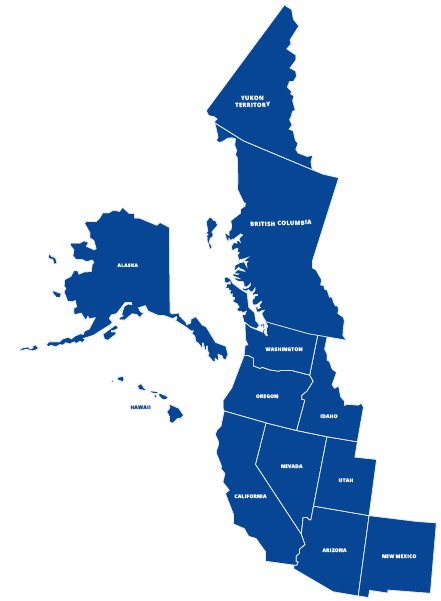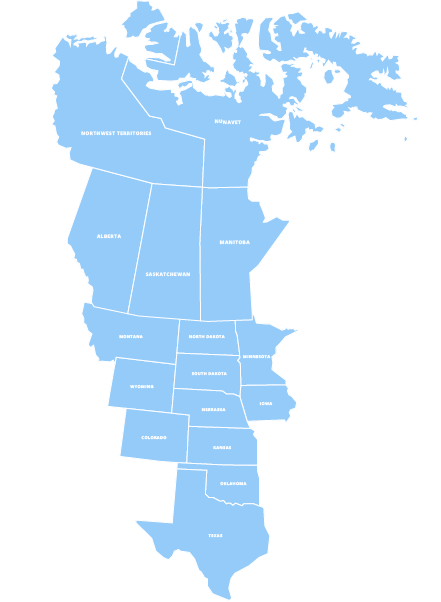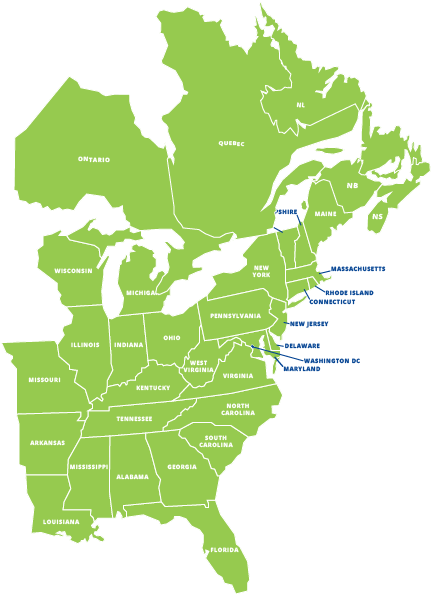When it comes to designing or renovating an animal shelter, smart kennel installation is one of the most important decisions you’ll make. From selecting the right layout to installing proper drainage systems, every detail matters for the health of the animals, the comfort of your staff, and the long-term success of your operation.
At Direct Animal, we’ve helped thousands of shelters, rescues, doggy daycares, and veterinary clinics streamline their facilities with durable, low-maintenance animal shelter kennels that are built to last. One of the most overlooked — yet critical — parts of kennel installation? Trench drain placement and integration.
1. Start with a Smart Kennel Layout
Before you break ground, you need a layout that maximizes safety, cleanability, and staff workflow. Consider:
- Animal traffic flow – Minimize crossing paths between intake, medical, and adoption areas.
- Cleaning efficiency – Design to allow fast, thorough cleaning with minimal disruption.
- Segregation – Separate healthy, sick, and quarantine zones clearly.
- Noise control – Kennel location and wall materials can reduce barking echo and stress.
Tip: Modular systems and dog room dividers make it easier to reconfigure space as your needs evolve.
2. Understand Why Trench Drains Matter
Trench drains are essential in kennels to maintain a clean, safe, and odor-free environment. A properly designed drain system:
- Prevents standing water and reduces slip risks
- Aids in biosecurity by allowing quick removal of urine, feces, and washdown water
- Simplifies sanitation, saving staff hours of labor weekly
- Prevents cross-contamination between kennels
But not all trench drains are created equal. And improper installation can turn your floors into costly liabilities.
3. Place Drains Strategically
The goal is to move waste and water away from the animal, not toward them. Best practices include:
- Trench drains behind the kennels, not in front. This keeps waste water from running into the kennel space during washdowns.
- One drain for every row of back-to-back kennels.
- Slope the floor (¼ inch per foot) toward the drain to prevent puddling.
- Make sure trench grates are flush with the floor to avoid trip hazards.
According to industry experts at DuraTrench, stainless steel trench drains are ideal for animal care environments due to their corrosion resistance and sanitary finish.
4. Choose the Right Drain Design
Select trench drains with features that simplify maintenance and promote hygiene:
- Removable grates and baskets for easy hair/debris removal
- Rounded interior channels to prevent buildup
- Non-slip surfaces for safety
- Heavy-duty construction to handle constant foot traffic and water flow
Look for NSF-certified drain systems to ensure compliance with sanitation standards — especially important if your shelter is inspected by state or municipal agencies.
5. Coordinate Installation with Kennel Vendors
Your drainage system and kennels must be designed in tandem, not as separate projects. Why?
- Kennel bases and doors should be aligned with floor slopes
- Kennels should be installed after trench drains are in place and tested
- Walls and partitions should not obstruct water flow to the drain
- Floor coatings and sealants must be compatible with drain materials
At Direct Animal, we work closely with architects, contractors, and shelter staff to ensure kennel and drain systems are perfectly integrated — reducing install time and preventing costly rework.
6. Don’t Cut Corners on Materials or Contractors
Concrete contractors who aren’t experienced with animal care facilities may not understand the importance of trench drain placement or proper pitch. Always hire teams with proven experience in:
- Veterinary clinics
- Boarding facilities
- Animal shelters
Be wary of choosing the cheapest option — improper slope or drain installation can lead to major hygiene issues, flooding, and costly rebuilds.
7. Plan for the Future
Build flexibility into your design. That means choosing kennel systems that can expand, reconfigure, or be relocated — and trench drain systems that won’t need to be ripped out when you make changes.
Planning ahead helps your facility adapt to growth, grant-funded expansions, or shifts in operational needs.
Final Thoughts
Installing kennels and trench drains in an animal shelter isn’t just a construction project — it’s a long-term investment in the health of the animals and the well-being of your staff. With smart layout planning, high-quality equipment, and expert installation, your facility can run cleaner, safer, and more efficiently from day one.
At Direct Animal, we specialize in customizable animal care equipment designed to meet the real-world challenges of shelters, veterinary clinics, and pet boarding facilities. Whether you’re building a new facility or upgrading your current one, our team is here to help you make the right choices — for today and for the long haul.
Looking for equipment that’s built for shelter life? At Direct Animal, our pet care experts design and manufacture durable and easy-to-clean dog kennels, dog room dividers, cat condos, and other state-of-the-art equipment made to last the life of your business. Whether you’re a vet, luxury boarding facility, animal shelter, or doggy daycare, rely on us for animal care equipment that is ergonomic, hygienic, and affordable.




